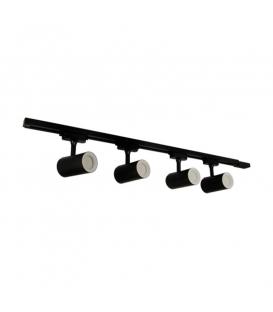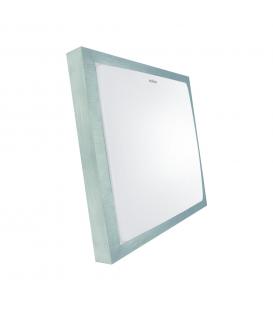The Candela (symbol: cd)

The candela (cd) is the SI base unit of luminous intensity, which measures how bright a light appears to the human eye in a particular direction. It describes the luminous power emitted by a light source per unit solid angle, adjusted for human visual sensitivity.
Scientific Definition of the Candela
One candela is defined as the luminous intensity, in a given direction, of a source emitting monochromatic radiation at a frequency of 540 × 1012 hertz and that has a radiant intensity of 1/683 watts per steradian in that direction. This frequency corresponds to green light at approximately 555 nanometres, where human eyes are most sensitive under well-lit conditions (photopic vision).
How the Human Eye Influences the Measurement
Unlike radiant intensity, which considers all wavelengths equally, luminous intensity takes into account how the eye perceives different wavelengths. The candela is weighted by the standard luminosity function – a curve that models the average sensitivity of the human eye.
- The peak sensitivity of the eye is around 555 nm (green light).
- More radiant power is needed at other wavelengths to achieve the same luminous intensity.
- This makes the candela a photometric, not radiometric, unit.
Real-Life Example: One Candela
A standard wax candle emits light with an intensity close to one candela in all unobstructed directions. If part of the emission is blocked (e.g., by a shade or wall), the intensity in the blocked direction is reduced, but remains approximately one candela in the open directions.
Why the Candela Matters
The candela plays a critical role in many fields where human perception of light is important, including:
- Lighting design – ensuring consistent brightness and directionality
- Photography and film – balancing lighting for realistic exposure
- Vision science – modeling how we perceive brightness
- Product testing – comparing luminous performance of light sources
Conclusion
The candela is a fundamental unit that bridges the gap between physical light energy and human perception. Whether you’re designing a lighting system or calibrating a sensor, understanding candela helps ensure that light behaves – and is perceived – as intended.






